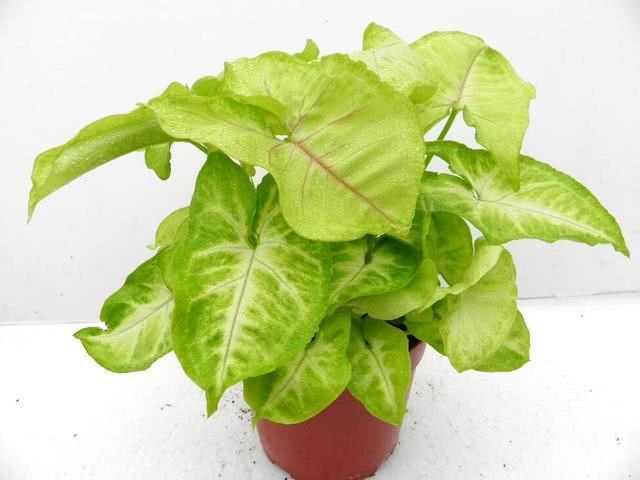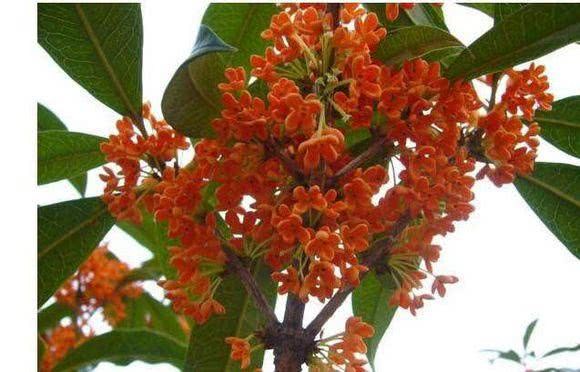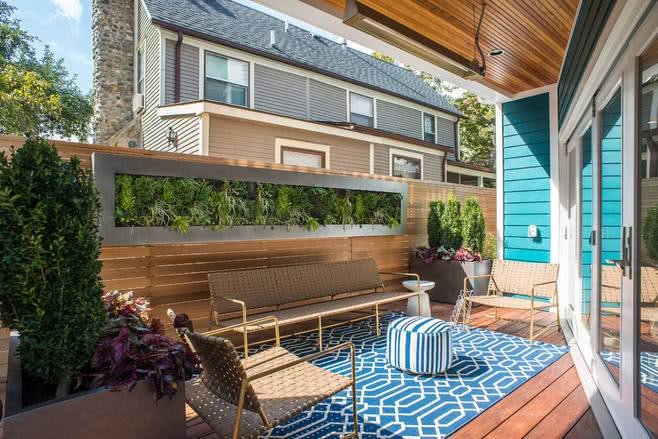It's easy to develop bonsai with green leaves and visible fruit taro. Just pay attention to these four points.

Synthetic taro is often called purple stem taro, its leaf color is very resistant, arrow-shaped or oblate, the leaf surface is often accompanied by light-colored cracks, the young leaves of the whole plant are lighter, while the old leaves are darker, so its appearance is distinct. More rich. As a famous potted plant in the south of China, it is very suitable to be planted indoors as a potted plant. Because of its simplicity of cultivation and management, it is often made into bonsai.
I. cultivation of taro
The main ways of planting taro are ramet and cutting propagation, but in life, because it is easier to cultivate taro by cutting, people often use the method of cutting to plant taro. On the plants with good growth situation, the side branches with more luxuriant growth are selected for cutting, and the length of the branches is generally about 10 cm.
It is better to have a few bud holes on the branch, indicating that the branch is relatively young. The branches generally take root about ten days to two weeks after cutting, and the potted plants need to grow in the shade instead of in the light. After the seedlings grow a few young leaves, they can be managed and maintained in a normal environment.
II. Maintenance of synthetic taro
1. Soil requirement
Potted taro is suitable for growing in good water retention and fertile soil, especially for family potted plants, it is necessary to use sandy soil or garden soil, and add appropriate amount of river sand or peat soil, etc. to ensure that the soil has good drainage, it is best to mix with a little rotten cake fertilizer or manure. In addition, because the synthetic taro is not suitable to grow in alkaline soil, the acidity and basicity of the soil should be adjusted at regular intervals to ensure that it is between slightly acidic and neutral.
two。 Lighting requirement
As one of the semi-negative plants, taro is more suitable to grow in a suitable light environment, especially astigmatism, while under strong light conditions, such as the summer sun, it is often easy to cause leaves to be burned. the leaf surface is dim, so in this case, it is usually necessary to prepare for shade. In addition, try to avoid growing in a dark environment for a long time, otherwise the plant will not grow tall and stunted.
3. Watering requirement
Due to the poor drought tolerance of taro, potted plants should keep the potted soil moist most of the time, especially in hot summer, watering more than usual. In addition, to avoid stagnant water in the potted soil, put the potted plants in a cool, ventilated place to grow during the rainy season.
4. Fertilization requirements
For synthetic fruit taro, it needs more nutrients during the seedling period. In spring and summer, it needs fertilization every 15 days or so, mainly nitrogen and potassium fertilizer, but it can not add too many single elements, otherwise plants are more likely to suffer from diseases.
- Prev

The yellow leaves of sweet-scented osmanthus are difficult to deal with. Note that these three methods are simple and easy to solve.
Sweet-scented osmanthus is a kind of plant with strong fragrance. At ordinary times, sweet-scented osmanthus trees are often seen in the park, and many friends' yards also maintain a small pot of sweet-scented osmanthus, but our sweet-scented osmanthus flowers find yellow leaves.
- Next

10 balcony decoration real map so beautiful balcony do you like it?
10 "balcony decoration" real map, let your soul wander in the free world, bath, edify, enjoy the unique purity. Such a beautiful balcony, do you like it? If your balcony is big enough, you can put some floats in addition to flowers and plants...
Related
- Wuhan Hospital Iron Tree Blooming Result Was Instantly Frightened by the Gardener Master
- Which variety of camellia is the most fragrant and best? Which one do you like best?
- What is the small blue coat, the breeding methods and matters needing attention of the succulent plant
- Dormancy time and maintenance management of succulent plants during dormancy
- Minas succulent how to raise, Minas succulent plant pictures
- What are the varieties of winter succulent plants
- How to raise succulent plants in twelve rolls? let's take a look at some experience of breeding twelve rolls.
- Attention should be paid to water control for succulent plants during dormant period (winter and summer)
- Watering experience of twelve rolls of succulent plants
- Techniques for fertilizing succulent plants. An article will let you know how to fertilize succulent plants.

